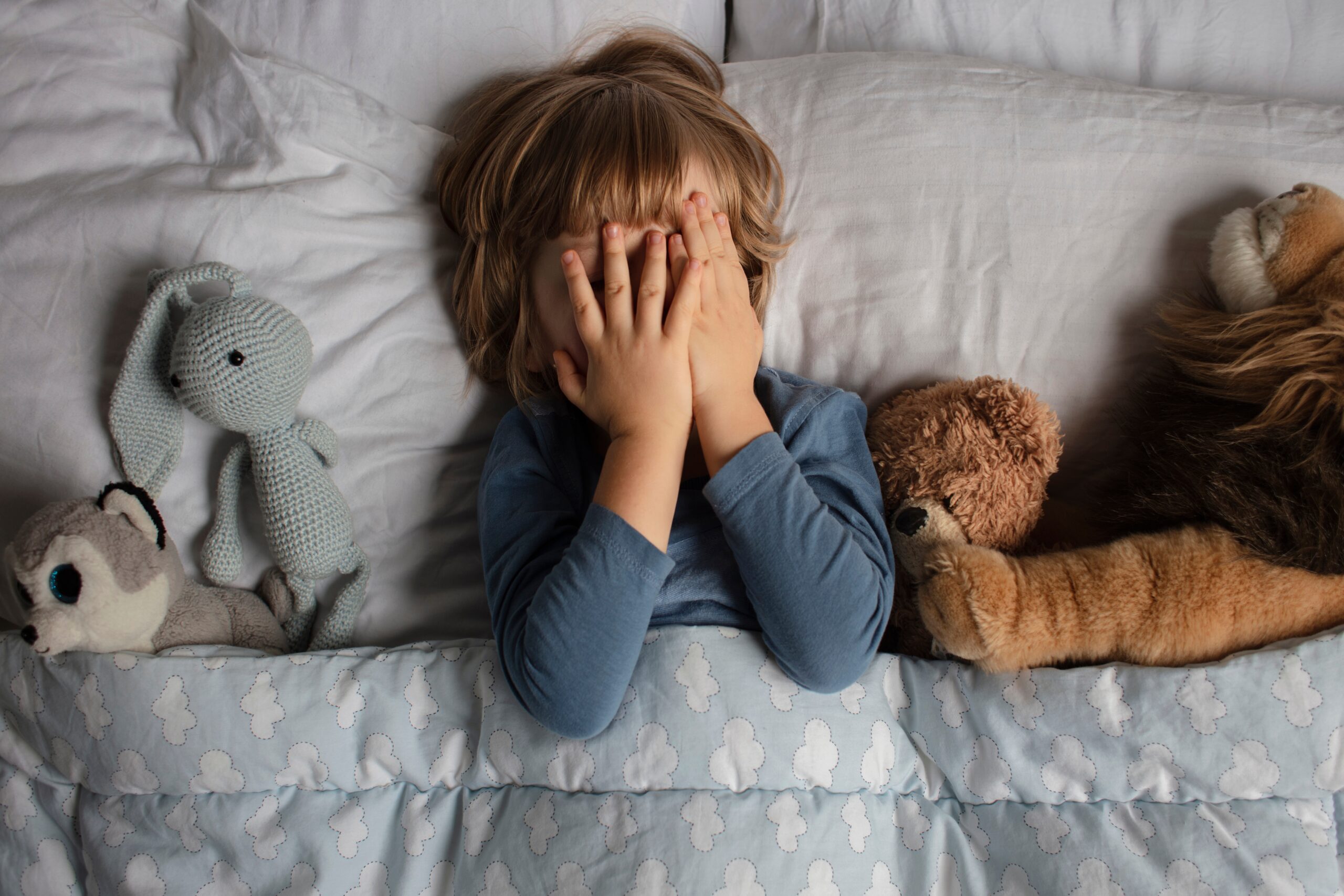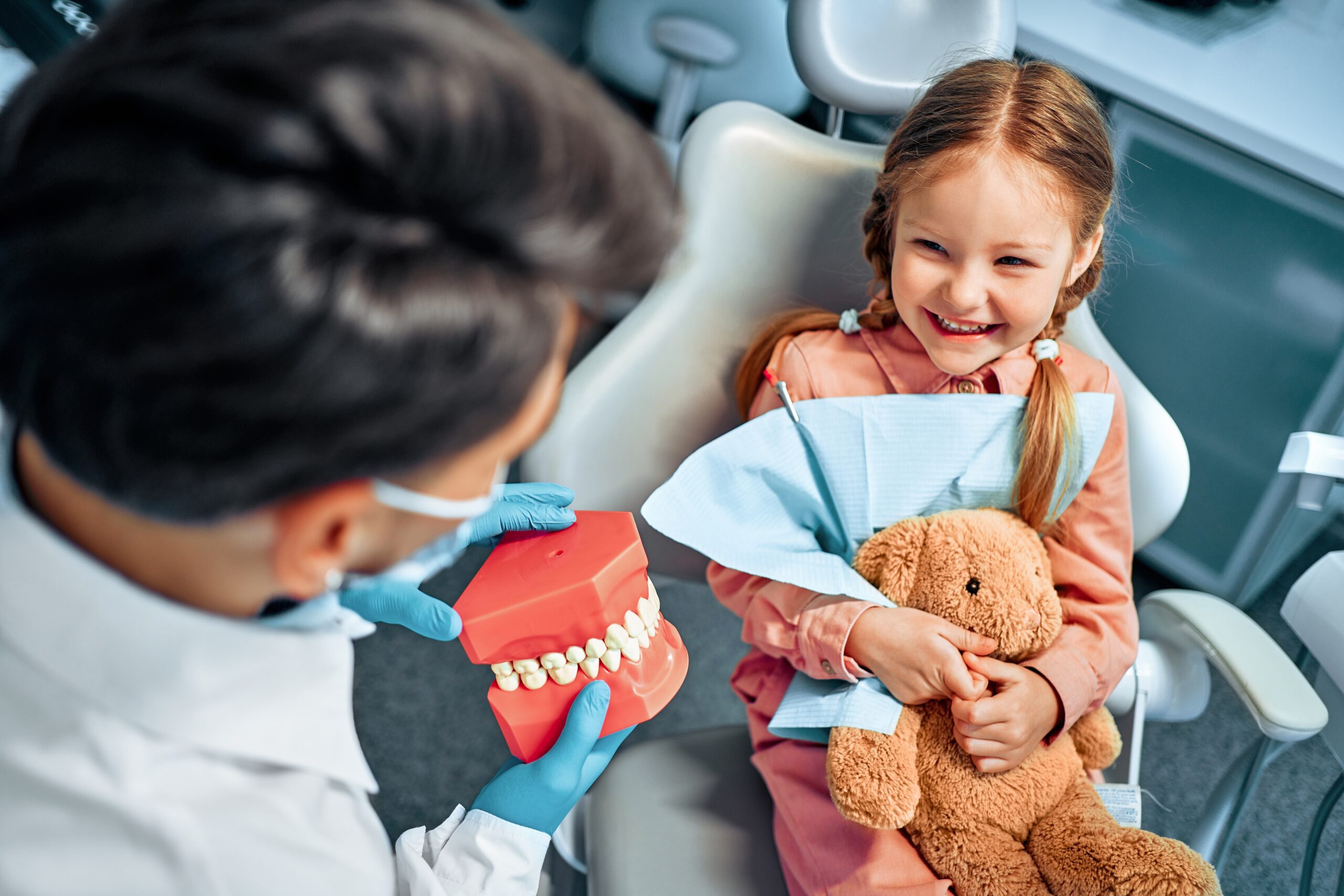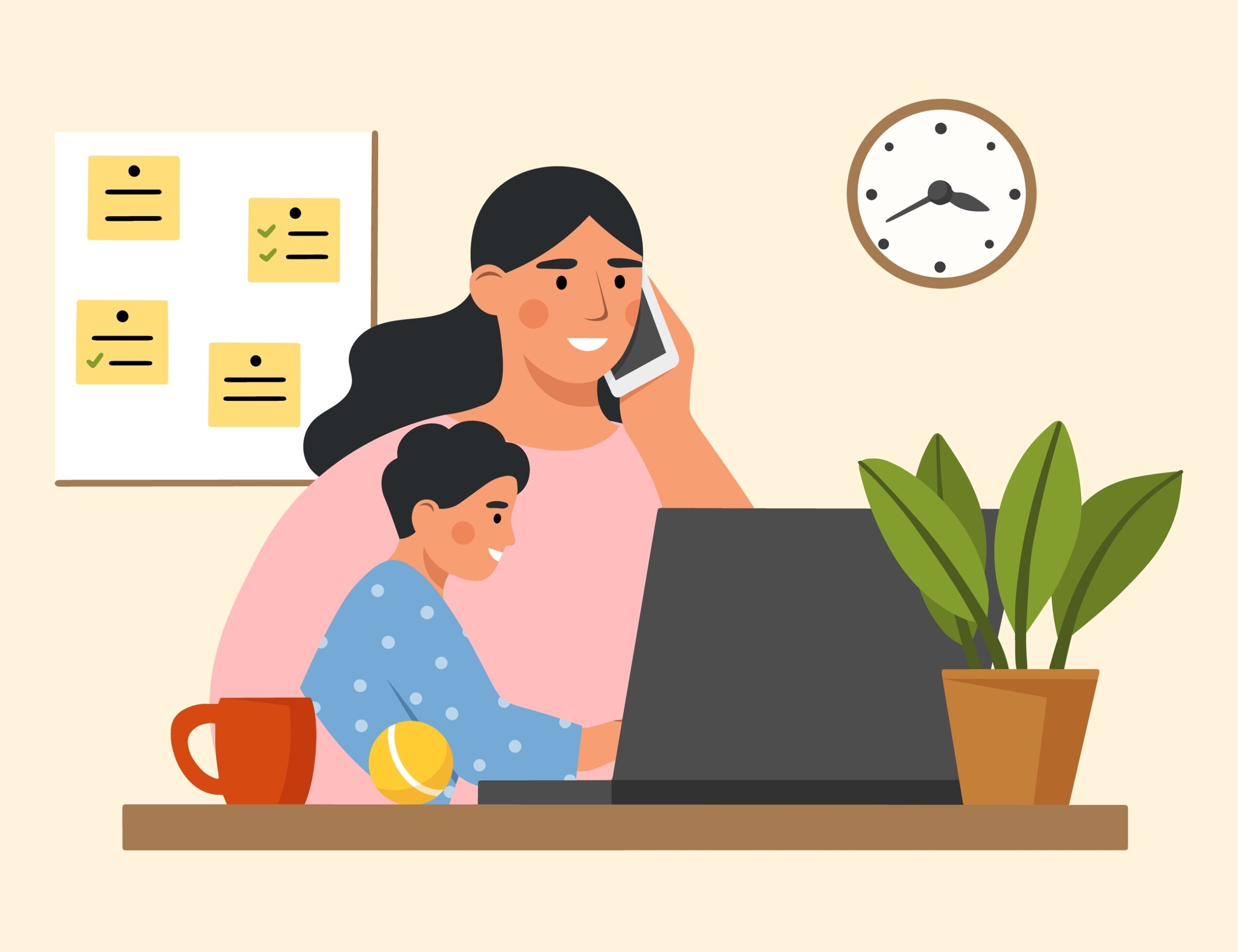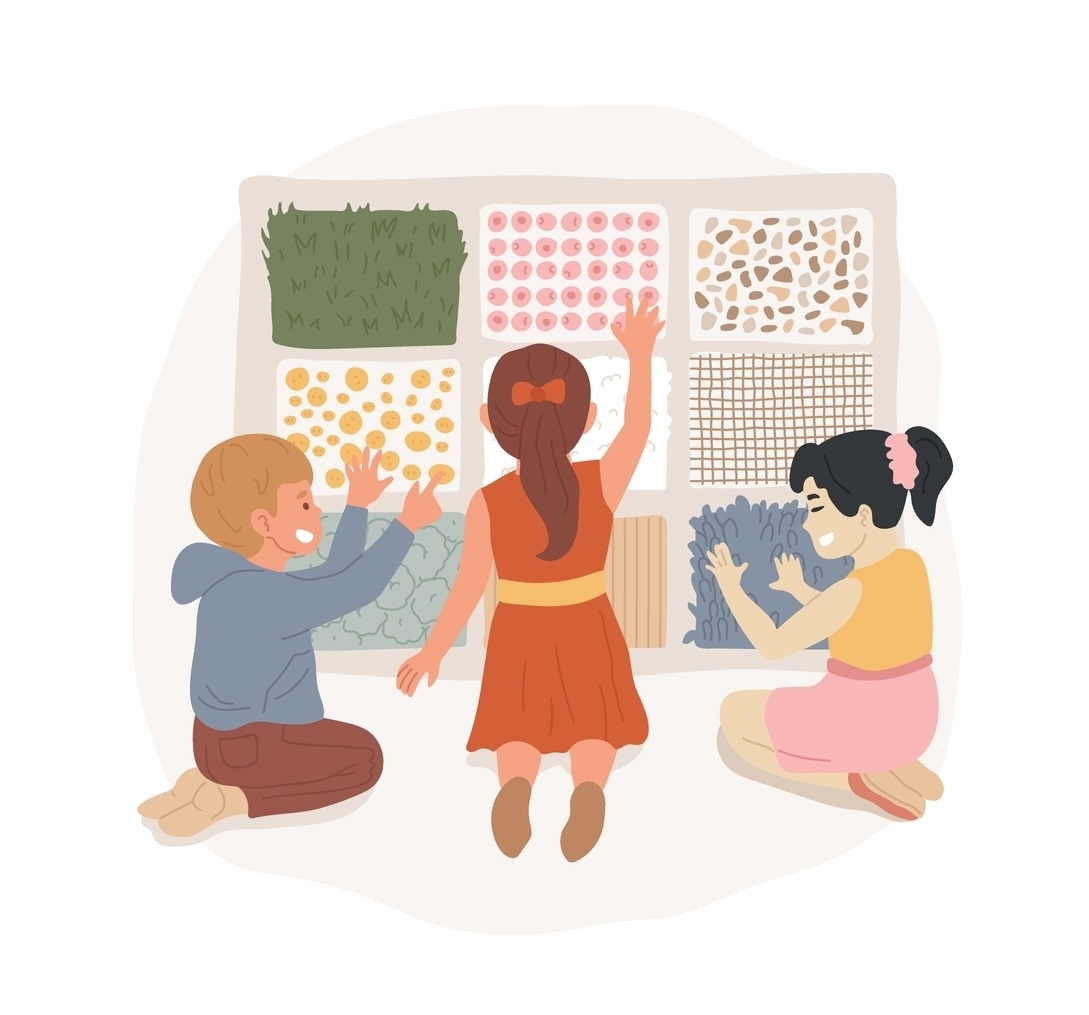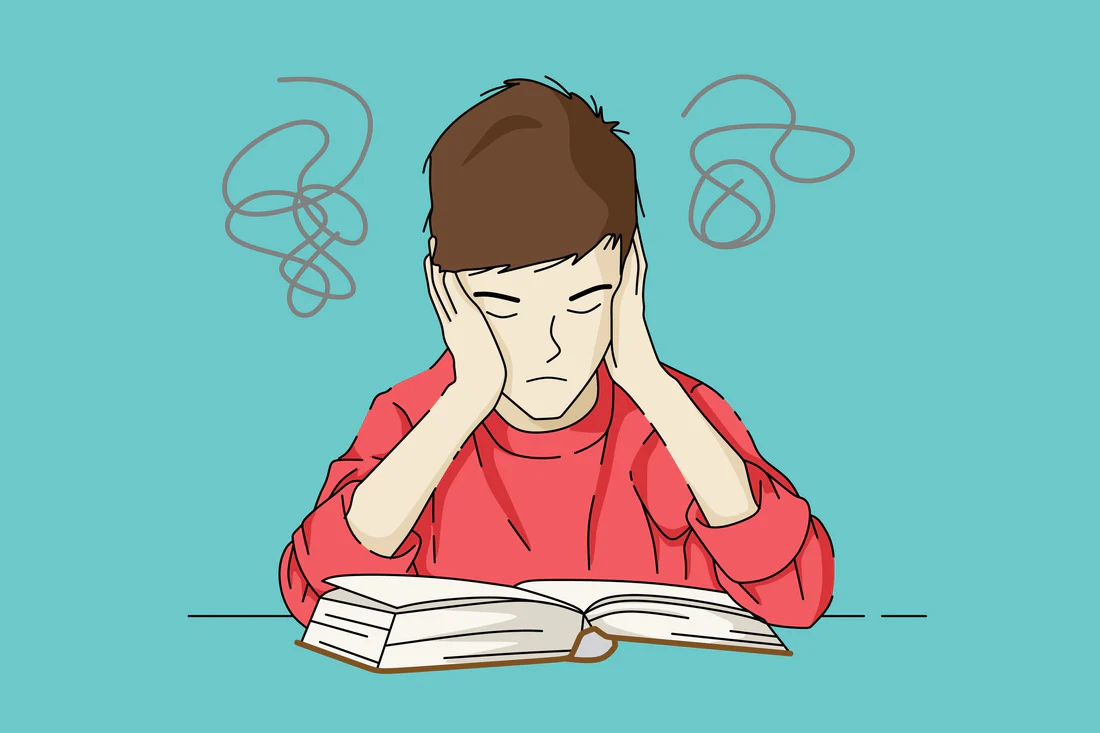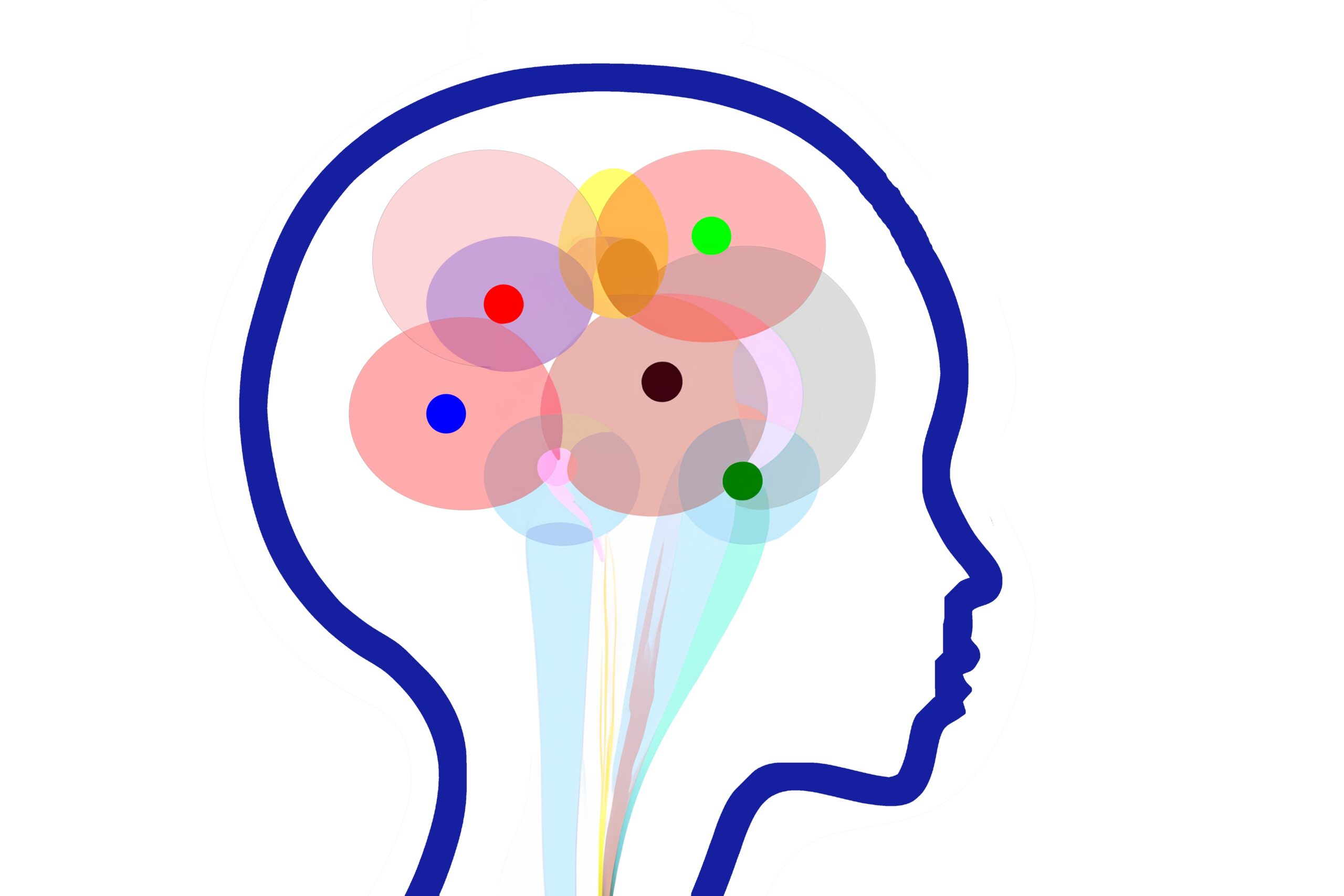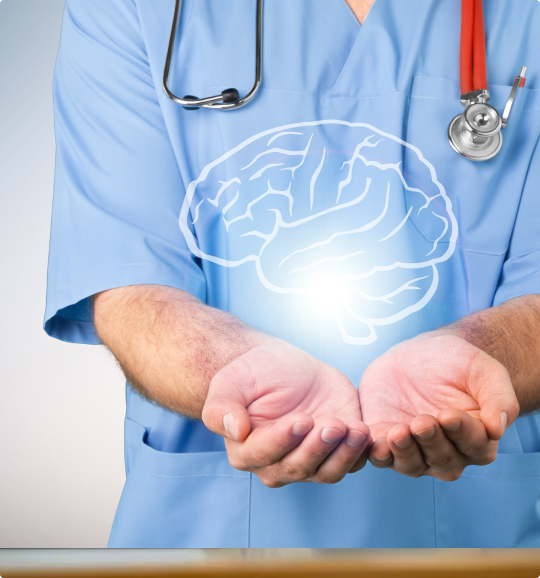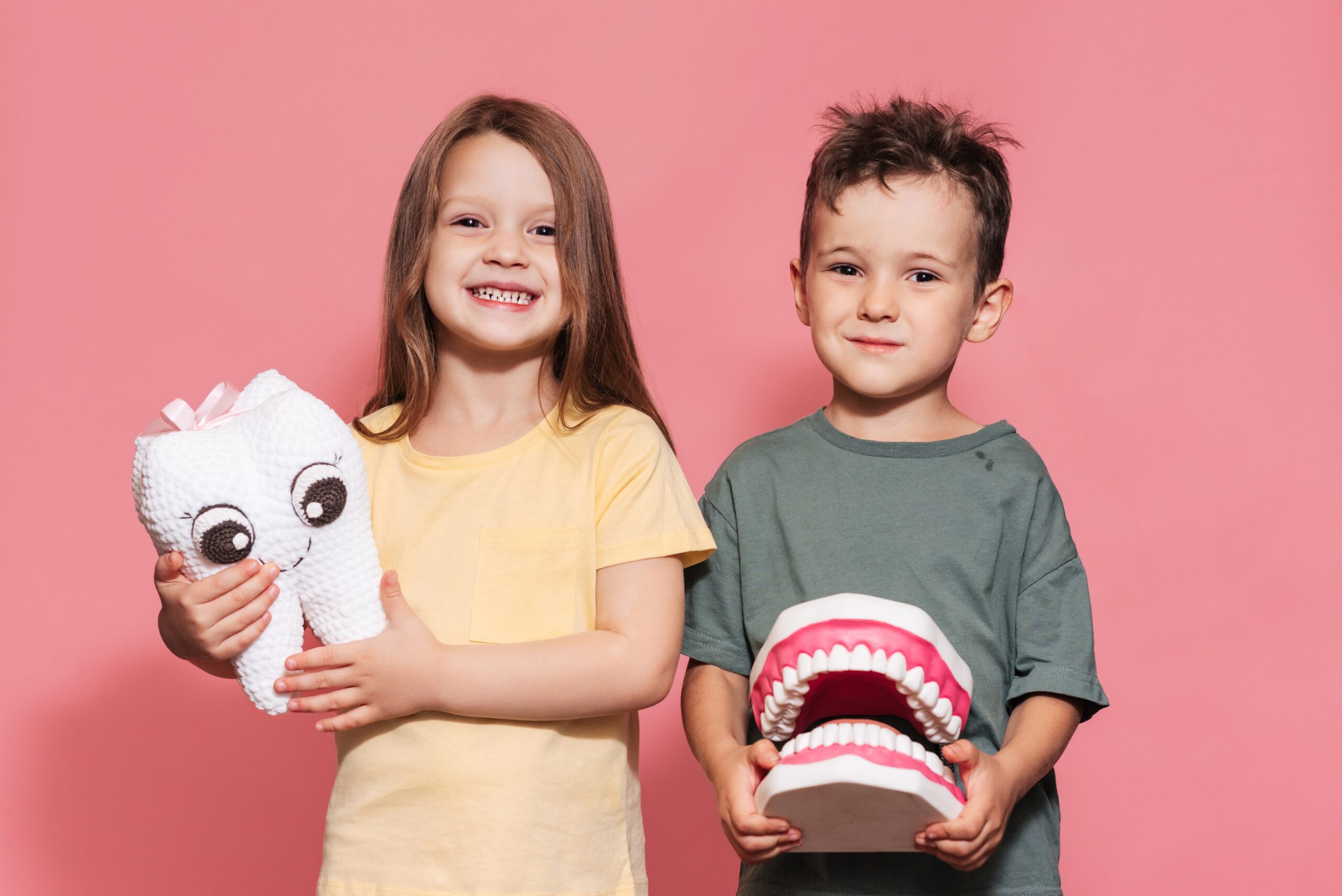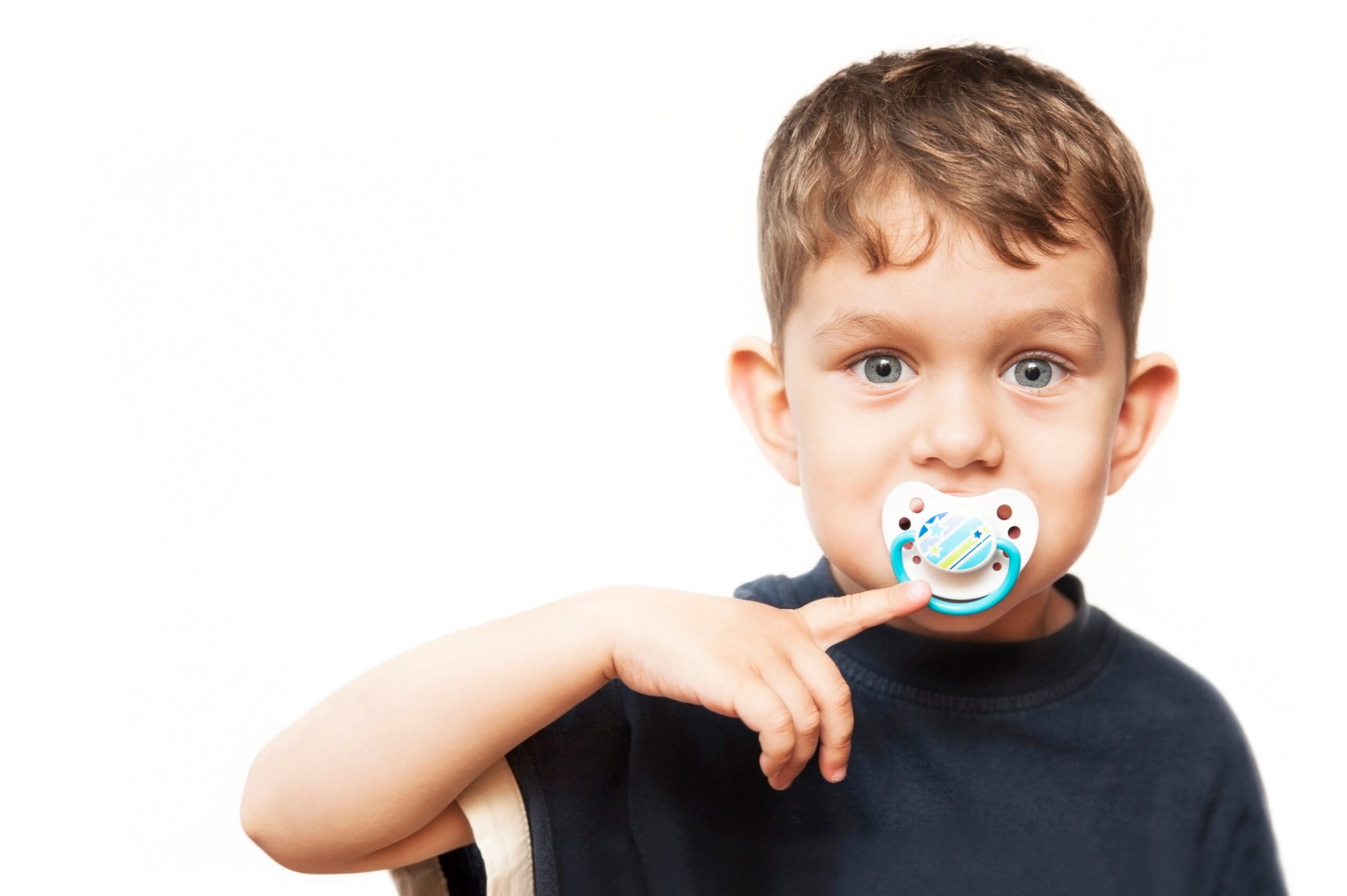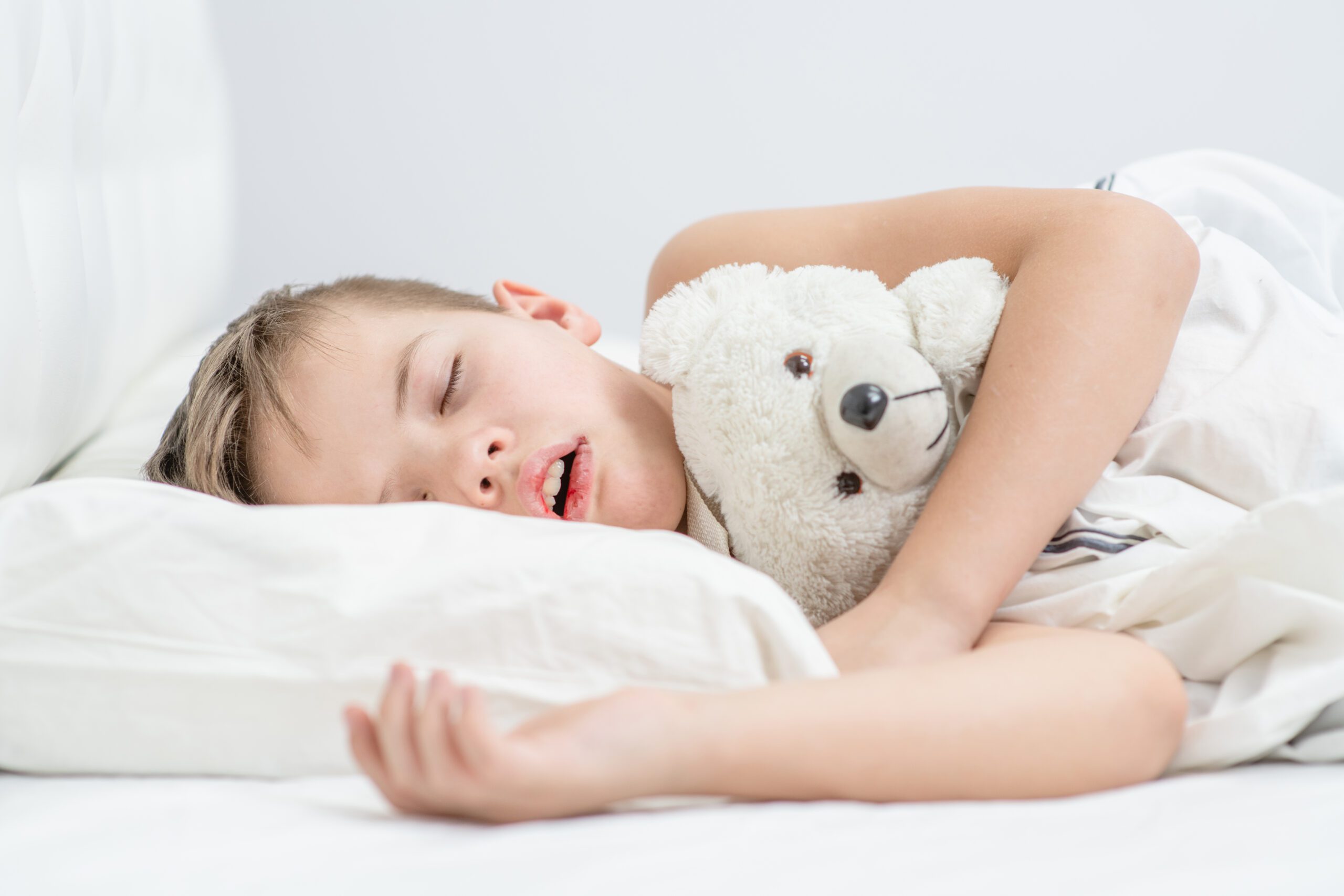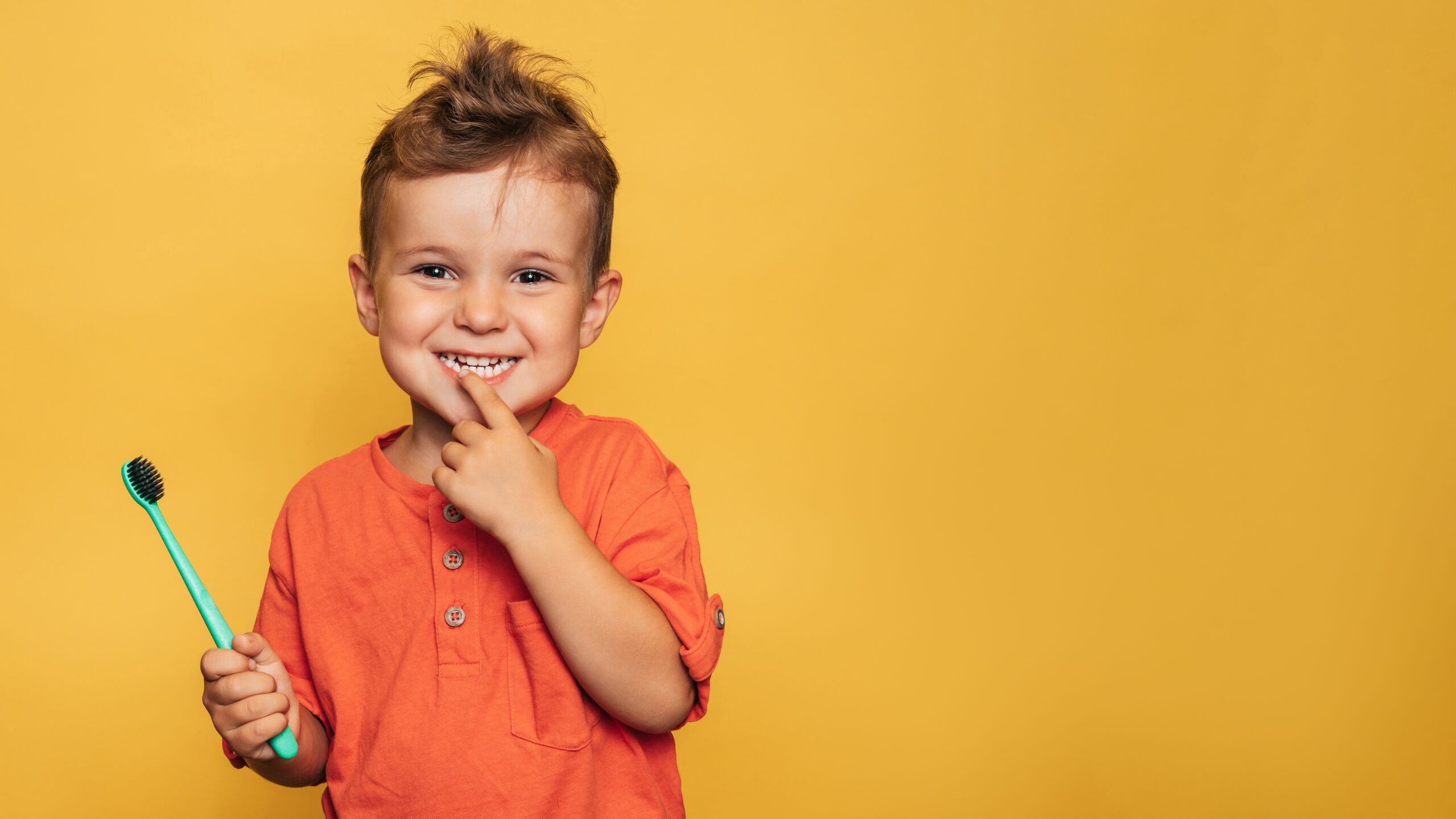
Sensory Processing Disorder
- Signs and Symptoms of Sensory Processing Disorder in Children
- Sensory Processing Disorder in Teens: Signs, Symptoms, Diagnosis & Treatment
- Sensory Processing Disorder (SPD) in Adults: Signs, Diagnosis, Treatment & Coping Strategies
- Types of Sensory Processing Disorder (SPD): Symptoms, Characteristics & Treatment
- Sensory Processing Disorder Treatment Options & Best Therapies for SPD in Children and Adults
- Living with Sensory Processing Disorder: Daily Tips, Support Strategies, and Family Guidance
- Vestibular and Proprioceptive Processing in Sensory Processing Disorder (SPD)
- Causes and Risk Factors of Sensory Processing Disorder (SPD): What Science Knows
- How Is Sensory Processing Disorder Diagnosed? Tests, Signs, and Evaluation Tools
- Stimming Behaviors in Sensory Processing Disorder: What They Are and Why They Matter
- Sensory Processing Disorder and Learning: How Sensory Challenges Affect Education
- Sensory Diet Strategies for Kids: Effective Tools for Sensory Regulation
- Sensory Integration Disorder and Sensory Integration Therapy
- Sensory Discrimination Disorder
- Sensory Modulation Disorder: Symptoms, Subtypes, and Treatment Strategies
- Sensory Over-Responsivity (SOR): Signs, Causes, and How to Help Kids and Adults Cope
- Sensory Under-Responsivity: Signs, Causes, and Support for Children and Adults
- Sensory-Based Motor Disorder: Signs, Symptoms, and Effective Treatments for Children and Adults
- Visual Processing Disorder: Signs, Symptoms & How to Support Visual Learning Challenges
- Auditory Processing Disorder (APD): Symptoms, Diagnosis & Treatment for Children and Adults
- Sensory Seeking/Craving: Understanding, Identifying, and Supporting Sensory Seekers
- Dyspraxia (Developmental Coordination Disorder): Understanding SBMD and Its Impact
- Postural Disorder: Causes, Symptoms & Treatment | Sensory-Based Motor Disorder Guide
Sensory Processing Disorder Treatment Options & Best Therapies for SPD in Children and Adults

Authored by: The DrSensory Editorial Team
Reviewed by: 🛡️ DrSensory Clinical Review Board
Last updated: June 2025
What Is the Goal of Sensory Processing Disorder Treatment?
The goal of SPD treatment is to help individuals better process sensory input and respond in ways that support daily functioning, emotional regulation, learning, and social interactions. Treatment is personalized based on the type of SPD (modulation, discrimination, motor-based) and the individual’s age and lifestyle. With the right therapies, individuals with SPD can improve sensory regulation, reduce anxiety and meltdowns, and increase independence in school, work, and home life.
Types of Sensory Processing Disorder (SPD): Symptoms, Characteristics & Treatment
Sensory Modulation Disorder: Symptoms, Subtypes, and Treatment Strategies
Sensory Discrimination Disorder
Postural Disorder: Causes, Symptoms & Treatment | Sensory-Based Motor Disorder Guide
Occupational Therapy with Sensory Integration: The Gold Standard
Occupational therapy (OT) is the most widely recommended treatment for SPD. Using Sensory Integration Therapy, OTs help children and adults gradually improve how they process and respond to sensory input. Activities are tailored to target specific challenges such as sensitivity to touch, sound, movement, or balance. This therapy is play-based for children and task-oriented for adults.
Benefits include:
- Improved focus and attention
- Enhanced body awareness and motor coordination
- Reduced sensory meltdowns or shutdowns
- Better tolerance to sensory environments
Sensory Integration Disorder and Sensory Integration Therapy
Sensory Diet Strategies for Kids: Effective Tools for Sensory Regulation
Living with Sensory Processing Disorder: Daily Tips, Support Strategies, and Family Guidance
What Is a Sensory Diet and How Does It Work?
A sensory diet is a personalized daily plan of sensory activities designed to meet the individual’s unique sensory needs. These activities are structured to provide the right amount and type of sensory input to help with self-regulation, focus, and behavior.
Examples of sensory diet activities:
- Jumping on a trampoline or doing wall pushes (proprioceptive input)
- Using weighted blankets or compression vests (deep pressure therapy)
- Scheduled movement breaks or oral sensory tools for focus
Sensory diets are usually developed by occupational therapists and adjusted over time based on progress.
Sensory Diet Strategies for Kids: Effective Tools for Sensory Regulation
Sensory Seeking/Craving: Understanding, Identifying, and Supporting Sensory Seekers
A Guide to Understanding Sensory Diets for Children with SPD
Other Evidence-Based SPD Therapies to Consider
While OT is the core of SPD treatment, additional therapies may complement the process:
- Speech Therapy: Helpful if SPD affects communication or oral-motor processing.
- Physical Therapy (PT): Assists with gross motor challenges or vestibular issues like balance.
- Behavioral Therapy (CBT/ABA): Supports emotional regulation, anxiety, or behavior issues related to sensory overload.
- Feeding Therapy: Addresses sensory-related picky eating or food aversions.
- Vision or Auditory Therapy: When SPD overlaps with visual or auditory processing disorders.
Sensory Processing Disorder Treatment Options & Best Therapies for SPD in Children and Adults
Home-Based Sensory Tools and Strategies
In addition to professional therapies, many SPD-friendly tools and sensory strategies can be used at home to support regulation.
Common tools include:
- Weighted lap pads
- Noise-canceling headphones
- Chewelry (chewable jewelry)
- Body socks, fidget tools, swing chairs
Routine use of these supports at home or school reinforces therapy and empowers self-regulation.
Treatment for SPD in Adults: Adjusting for Age and Lifestyle
Adults with SPD benefit from many of the same treatments used in children, but therapy is adjusted for work, home, and social life. Goals may focus on workplace accommodations, managing sensory overload in public settings, or improving relationships.
Adult therapy focuses on:
- Sensory integration therapy for daily living
- Anxiety and coping strategies for sensory stress
- Environmental modifications at home and work
Sensory Processing Disorder (SPD) in Adults: Signs, Diagnosis, Treatment & Coping Strategies
Can SPD Be Cured with Therapy?
There is no official “cure” for SPD, but therapy can significantly reduce symptoms and improve function. Many children and adults show major improvements with early and consistent intervention.
How Long Does SPD Therapy Take to Work?
The timeline varies based on severity, age, and consistency. Many families see improvements within a few months, while others may benefit from ongoing support for years.
What Happens in a Sensory Integration Session?
Sessions involve guided sensory activities tailored to the individual’s needs. These may include swinging, bouncing, tactile exploration, or balance games—all designed to improve sensory tolerance and regulation.
Sensory Diet Strategies for Kids: Effective Tools for Sensory Regulation
Benefits of ISR Swim Lessons, including Sensory-Motor Regulation for Sensory-Seeking Children
Sensory-Based Motor Disorder: Signs, Symptoms, and Effective Treatments for Children and Adults
Is Medication Used to Treat SPD?
SPD itself is not typically treated with medication, but meds may be prescribed if SPD co-occurs with ADHD, anxiety, or sleep disorders. Always consult with a medical professional.
ADHD Treatment Options: Medications, Therapies, and Natural Approaches for Children & Adults
Managing Anxiety in Children: A Comprehensive Guide for Parents and Caregivers
This page provides general educational content and is not a substitute for professional medical advice. Always consult a licensed provider for diagnosis and treatment.
View privacy policy, copyright and trust info
More on SPD

- Signs and Symptoms of Sensory Processing Disorder in Children
- Sensory Processing Disorder in Teens: Signs, Symptoms, Diagnosis & Treatment
- Sensory Processing Disorder (SPD) in Adults: Signs, Diagnosis, Treatment & Coping Strategies
- Types of Sensory Processing Disorder (SPD): Symptoms, Characteristics & Treatment
- Sensory Processing Disorder Treatment Options & Best Therapies for SPD in Children and Adults
- Living with Sensory Processing Disorder: Daily Tips, Support Strategies, and Family Guidance
- Vestibular and Proprioceptive Processing in Sensory Processing Disorder (SPD)
- Causes and Risk Factors of Sensory Processing Disorder (SPD): What Science Knows
- How Is Sensory Processing Disorder Diagnosed? Tests, Signs, and Evaluation Tools
- Stimming Behaviors in Sensory Processing Disorder: What They Are and Why They Matter
- Sensory Processing Disorder and Learning: How Sensory Challenges Affect Education
- Sensory Diet Strategies for Kids: Effective Tools for Sensory Regulation
- Sensory Integration Disorder and Sensory Integration Therapy
- Sensory Discrimination Disorder
- Sensory Modulation Disorder: Symptoms, Subtypes, and Treatment Strategies
- Sensory Over-Responsivity (SOR): Signs, Causes, and How to Help Kids and Adults Cope
- Sensory Under-Responsivity: Signs, Causes, and Support for Children and Adults
- Sensory-Based Motor Disorder: Signs, Symptoms, and Effective Treatments for Children and Adults
- Visual Processing Disorder: Signs, Symptoms & How to Support Visual Learning Challenges
- Auditory Processing Disorder (APD): Symptoms, Diagnosis & Treatment for Children and Adults
- Sensory Seeking/Craving: Understanding, Identifying, and Supporting Sensory Seekers
- Dyspraxia (Developmental Coordination Disorder): Understanding SBMD and Its Impact
- Postural Disorder: Causes, Symptoms & Treatment | Sensory-Based Motor Disorder Guide
Find a Therapist near you
Are you looking for a physical, occupational, or speech therapist in your area?
Look no further than the DrSensory Therapist Database and Clinic Directory!
Find a Therapist
Find the physical therapist, occupational therapist, or speech language pathologist you’re looking for!
Ask Us Anything
Whether you are looking for advice, have a general question about sensory processing, or looking for resources.
Submit Your Story
Share your story about your child. Let’s celebrate milestones and learn more about challenges.




































